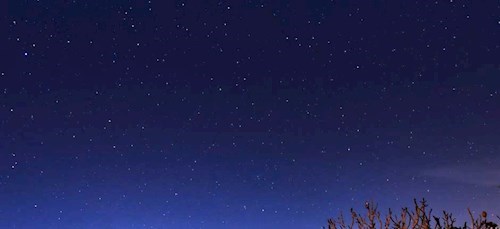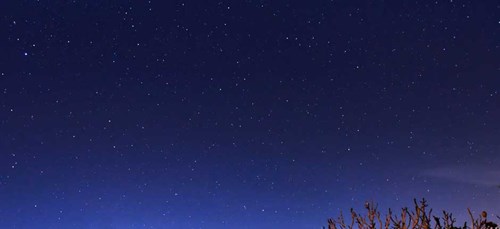Throughout the History of Humanity, we have contemplated the Universe with true fascination, trying to decipher its secrets in all epochs.
The former settlers of La Gomera were no less, being considered great observers of the movements of the Universe and in their eagerness to coordinate the terrestrial actions with the celestial ones, they registered their astronomical observations and their ideas on the cosmos in the orientation of Its constructions and the iconography of its rites.
Scientific studies carried out in Las Toscas del Girre cave in La Gomera have shown that the astronomical culture of the island’s ancient inhabitants was rich and complex, identified the stars and extracted conclusions that allowed them to produce large calendars. precision. His life was related to the astronomical calendar.
It has been confirmed, among others, the cult of the stars Canopus and Sirius, both at the time of their alignment in front of the cave itself and at the time of sunset, especially spectacular the moment Sirius is hidden behind the Roque de Agando.

This small cave that overlooks the Roque de Agando, on the side of a ravine 500 meters high, is an authentic archaeological jewel. Despite its small size (just 6 meters long and 2 meters in maximum height), it houses hundreds of keys to understand the astronomical wisdom of the ancient settlers of La Gomera. It preserves the largest panel of Liberal-Berber writing on the Archipelago and about thirty cups … keeping the proof that the gomeros were true astronomers with a technique of reading the events of the very precise nature.
One of the walls of the cave has a circular hole dug into the rock. An observer located inside the cave can see through that hole a small strip of the mountainous horizon to the west of the Island. Research has shown that the strip is centered on the place where the sun sets On the winter solstice. The hole would act as a viewfinder marking the solstice seen from the inside of the cave.
In a field study practiced in this cave, on December 22 (winter solstice day), it was observed how the ancient gomeros observed and measured the movement of the sun on the horizon: at the fall of the sun, through the hole practiced in The stone walls of the cave penetrated a lightning that, crossing the bottom of the cave and climbing the wall, was to be deposited in a bowl excavated in the rock expressly to collect it “a solstitial marker.” The ray of sun disappeared in the bowl (typical element of Aboriginal culture) at the time the day expired.
The point where the sun rises or sets every day moves along the year between two extremes, reaching its southern end at the winter solstice (December 22) and its northern end at the summer summit (June 21). The study of these extremes allowed the old gomeros to establish a solar calendar according to the seasons and also synchronize the solar calendar with the solar mole forming the basis of a stable lunisolar calendar.
When you come to visit La Gomera, if you want to take a trip to the cave Las Toscas del Girre contact us if you want to extend this information and organize your visit.

